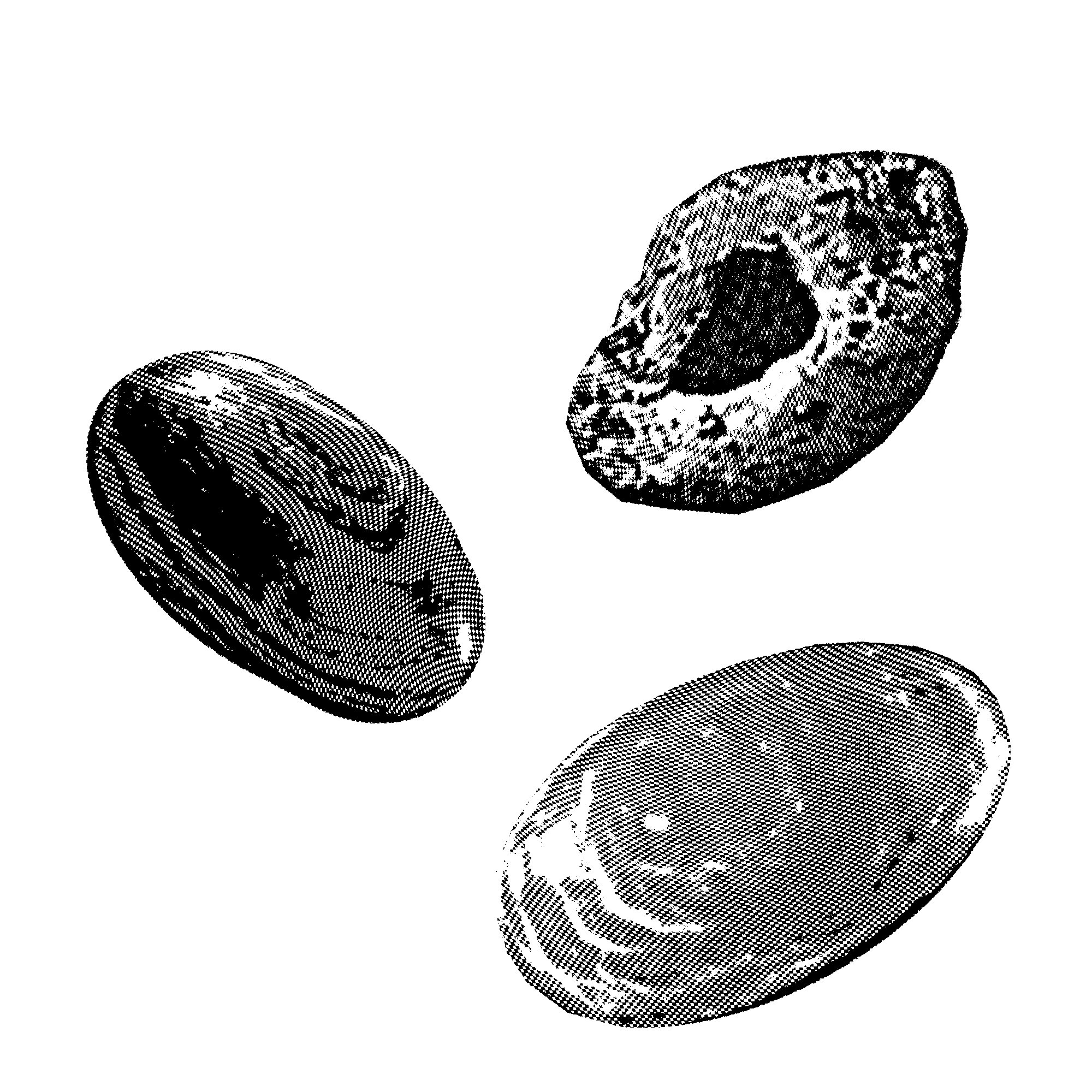Seer Stones


What is a seer stone?
A stone used by practitioners of folk magic to "see" hidden things like missing objects or treasures.[1] Joseph Smith used a seer stone to assist in revelation.[2]
How is a seer stone different from the Urim and Thummim?
A seer stone is just a single stone, whereas the Urim and Thummim[3] (also referred to as "Nephite interpreters")[4] are described as being two transparent stones[5] set in a "silver bow"[6] and were referred to as "spectacles."[7]
Biblical scholars define the Urim and Thummim from the Old Testament[8] as a pair of objects used to answer questions by revelation or divine the will of God.[9]
Where did Joseph Smith find the seer stone?
Joseph had multiple seer stones—possibly up to five.[10] He reportedly discovered one near Lake Erie[11] and uncovered another while digging a well for the Chase family.[12]
Brigham Young said Joseph also “found two small stones on the beach in Nauvoo.”[13] A late source claims Joseph bought one of his stones from another seer.[14]
So are they just regular rocks?
Yes, probably.[15] Joseph used his seer stones to give blessings and to find missing people and objects,[16] so they seemed to have some religious significance to them.[17] The Church has at least one seer stone that it has photographed for public display[18] and it appears to be just a rock.[19]
Wasn't the "seer stone" really a type of "peep stone" which was something that was used in folk magic at the time?
Yes. Seer stones, peep stones, seeing glasses, divining rods, etc., were relatively common in Joseph Smith's day.[20] People used these objects to hunt for treasure or lost items and to divine hidden knowledge.[21] At the time, many people thought this kind of folk magic was compatible with Christianity.[22][23]
What did Joseph Smith use seer stones for?
Various sources[24] report that Joseph used seer stones to receive revelation,[25] translate the Book of Mormon,[26] uncover hidden objects and/or people,[27] and possibly even translate the Book of Abraham.[28]
Related Question
Did Joseph Smith translate the Book of Mormon with a seer stone in a hat?
Read more in Book of Mormon Translation Methods
Aren't seer stones weird magic things that prophets shouldn't be using?
Yes, but not really. God spoke to Biblical prophets using weird objects like a burning bush, lot casting, aprons, as well as the Urim Thummim.[29]
Joseph (and others) considered the use of seer stones, prophesying, and receiving revelations as spiritual gifts.[30]
Did other people have seer stones?
Yes.[31] For example, Joseph reportedly found one of his stones[32] by looking through another person’s seer stone (possibly Sally Chase).[BIO][33] Doctrine & Covenants 28 is about a seer stone that Hiram Page[BIO] used.[34] Brigham Young’s daughter reportedly had one.[35] Edwin Rushton,[BIO] the source of the so-called "White Horse Prophecy," also had one.[36]
Why don't people in the Church use seer stones now?
It seems methods of revelation are influenced by culture,[37] and seer stones might be seen as out of place today.[38]
Does the Church have Joseph's original seer stone in storage somewhere?
Yes. Photos of the brown stone have been published in the Ensign[39] and displayed in the Church History Museum.[40]
Have they ever done any scientific testing on it?
No, probably not.
- Deb
“I believe as humans we need something tangible to help us focus, so we can get to a higher spiritual level.” - Tom H.
“My faith is strengthened and my belief in the restoration is further cemented as I am always surprised at first at the way God does things, and, upon review I think “of course, God has to take people where they are and with what they are familiar with to accomplish,” so astonishing” - Asop A.
“The discussion is revealing but must be kept in the context of the times and understanding of the users at the time. If a prophet used them and for good purpose, to bring forth clarity and understanding, then it is good enough.” - Genia
“Crystals were needed for radio transmitters. Magic or science?” - Nathan C
“The Savior would often use a catalyst to help one's faith. He healed one blind man with mud—one the eyes and the next without. Likely the mud helps strengthen faith and the other did not need it. The seer stones likely helped focus Joseph’s faith and spiritual power.”



 about this topic
about this topic